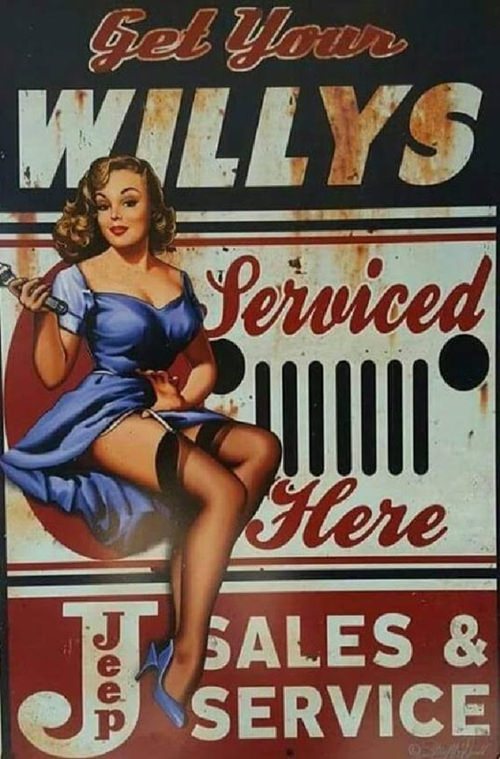
I couldn’t let this one go after Barry Taylor an old drag racing friend in Australia sent it through to me. Ladies reading this week can skip to the next paragraph.
 Lots of bits and pieces this week. The first fatal motor accident was in 1832 when the boiler exploded on a steam omnibus. Turned out that the stoker had wired the safety valve shut. Two years later another steam omnibus broke a wheel and turned over, bursting the boiler and five people were killed. This happened as the Turnpike Trustees put rocks on the road as a deliberate sabotage.
Lots of bits and pieces this week. The first fatal motor accident was in 1832 when the boiler exploded on a steam omnibus. Turned out that the stoker had wired the safety valve shut. Two years later another steam omnibus broke a wheel and turned over, bursting the boiler and five people were killed. This happened as the Turnpike Trustees put rocks on the road as a deliberate sabotage.
By the late 1840’s the steam coaches were becoming reliable. Francis Hill drove his steam coach from London to Hastings and return in 1840, a distance of 128 miles (170 km).
There is still dispute over who invented the internal combustion motor car, and Lenoir in France building a gas engine, with ability to vaporize petrol to be independent of gas supply. The builder admitted that it was very slow taking one and a half hours for a 10 km journey.
The next up to be considered to be the inventor of the petrol engine car was an Austrian, Siegfried Markus in 1873. He demonstrated his internal combustion engine at the Paris show in 1873. This was the second one built by him. This featured a four stroke engine and magneto-electric ignition. Markus did not carry on with his vehicle.
In Germany, Karl Benz was the first to sell horseless carriages built to a pattern. These had a four stroke gas engine with a surface petrol carburetor. In 1887 he sold one to Emil Roger and gave Roger the rights to make more of them. Who would have thought then, that we were on the brink of an industry that would change the world.
The biggest automaker at the turn of the century was De Dion Bouton et Cie. Between January 1900 and April 1901 they sold 1,500 voiturettes as well as tricycles, quadricycles and engines for other manufacturers, including Louis Renault.
The number of cars produced grew exponentially with the introduction of Henry Ford’s Model T. In 1909, 10,607 were built. By 1923 they sold 2,011,125 with assembly plants in Canada and the UK.
And pity the second daughter of Monsieur Jellinek. Her name was Maja, but her elder sister was called Mercedes. Maja did get a small recognition as the Canstatt Daimlers in Austria were named after her and not big sis.





